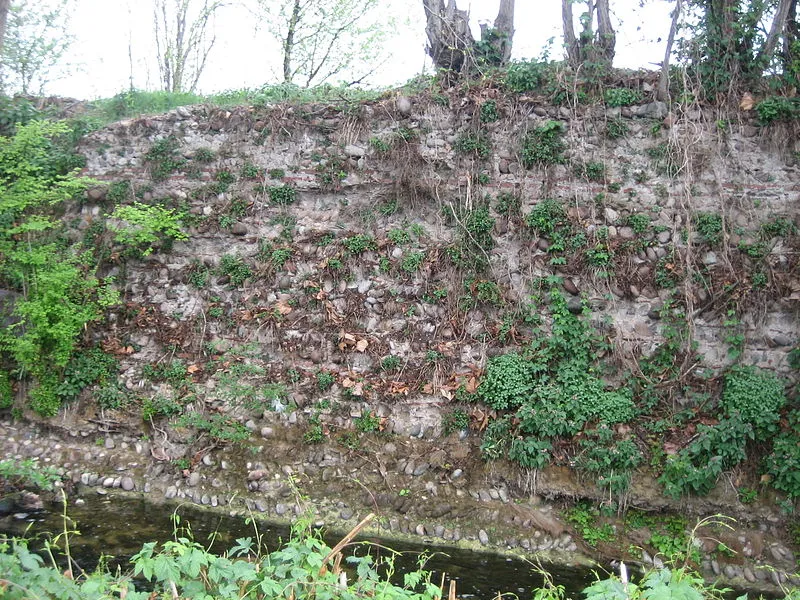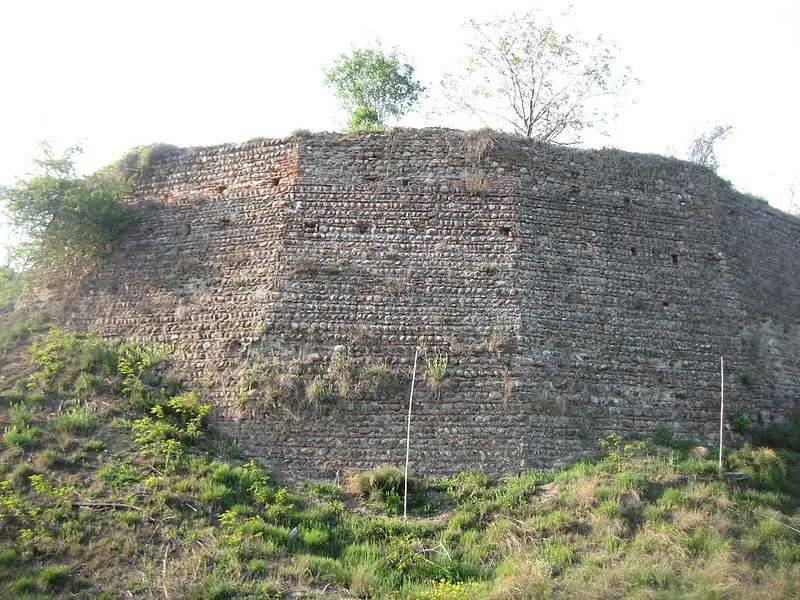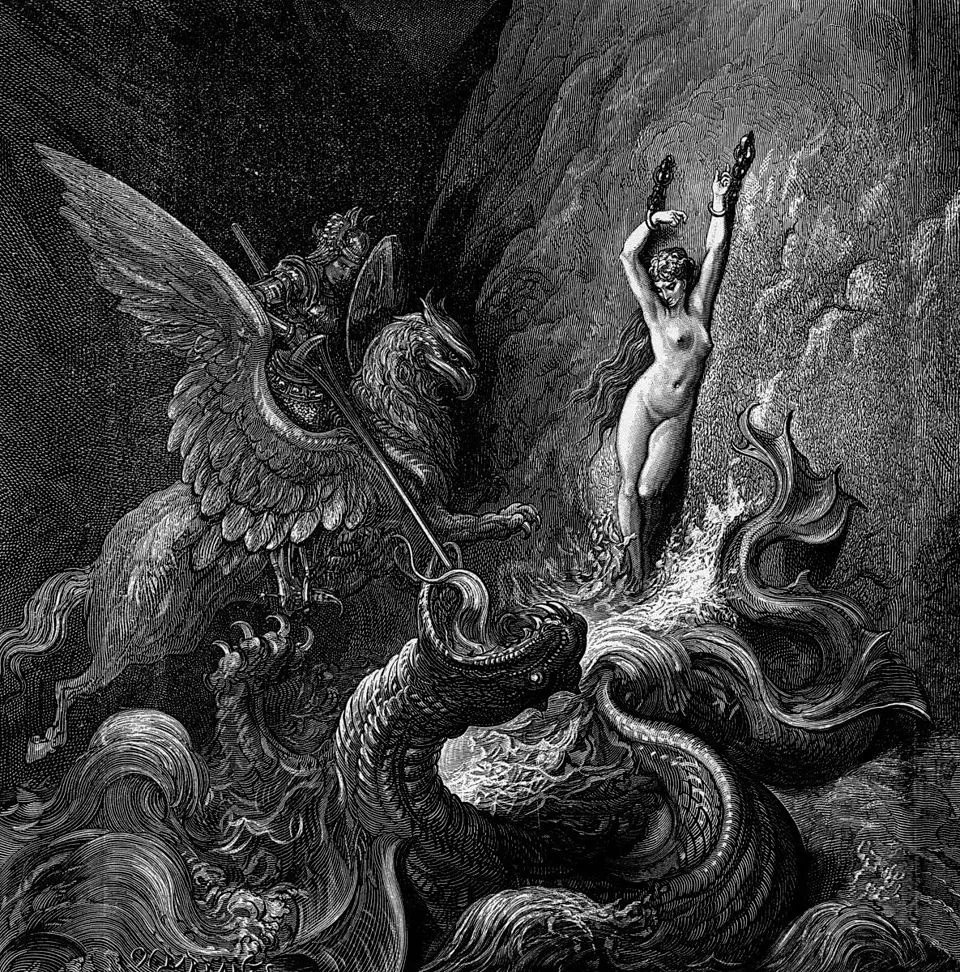(Angelo Paratico) Few Veronese are aware that Verona had a “Great Wall”, similar – though on a much smaller scale – to the Chinese one. It was built in the thirteenth century, even before the strengthening of the Ming section of the Chinese Great Wall near Beijing.
In Verona, it was called the “Serraglio”, a word derived from the Vulgar Latin serrāculum, from serāre (“to lock up, to close”), and serà (“to lock, to bolt”).

It served to protect the Veronese lordship from raids by the Milanese and the Mantuans. The Serraglio consisted of a high crenellated curtain wall about 18 km long and approximately 16 m high. It was interspersed with 200 towers, spaced about 100 metres apart. It was protected by a moat, with a wall on average 12 metres wide and 3 metres deep. When necessary, it was flooded with water from the Tione river. The original project included an extension of another 15 kilometres, but due to lack of funds and the presence of extensive marshes, it was never completed. Where the wall ran along the river, the riverbed was used instead. Times were hard, and it was a remarkable feat of engineering in the field of fortifications, a branch in which Italians in Europe were specialists, until the rise of powerful artillery capable of demolishing walls.

The state of Verona had therefore identified the course of the Tione river as the ideal boundary towards Mantua, a decision that led in 1185 to the foundation and fortification of Villafranca, where today stand an international airport and the ruins of two mighty castles.
To prevent attacks from Milan, Brescia, and Mantua, defensive castles and bridges were built on the Mincio river at Valeggio sul Mincio, Villafranca, Custoza, and Sona to serve the Serraglio. Starting in 1284, Alberto I della Scala strengthened these fortresses, adding the fortification of the village of Borghetto and, based on the existing system, preparing the Serraglio to connect them all together. The works began in 1345 under Mastino II della Scala, were interrupted in 1349 because of the plague, and resumed in 1353; Cangrande II completed them.

Today, only the castles and low ruins of the Great Wall remain, hidden by foliage and cut by the passage of roads.














